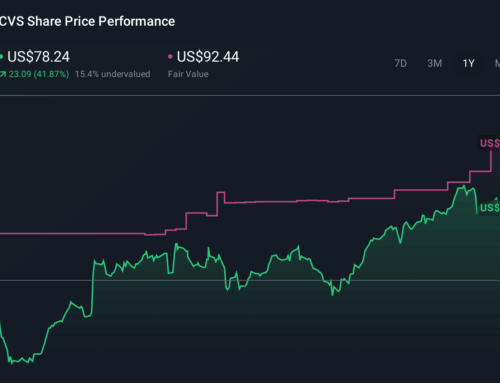Minnesota’s first cannabis license lottery is complete. A long road awaits the winners
June 5, 2025
The 249 applicants will work towards licenses for retail, cultivation, manufacturing or a combination of all three. But first they have several hurdles to clear.
NEW BRIGHTON, Minn. — Minnesota’s first-ever cannabis business license lottery didn’t include any ping pong balls or drama, but with a few mouse clicks, the randomized numbers cranked out by a computer program helped narrow a field of 776 applicants down to just 249.
Those selected came from four different license categories: 75 retail, 50 cultivation/growing, 24 manufacturing, and 100 mezzobusiness (which can grow, transport, and sell cannabis at up to three retail locations).
Though the lotteries, which were livestreamed, marked a milestone in the state’s long-awaited – and often delayed – deployment of cannabis business licenses, those selected still have a long road ahead.
“There is still work for them to do,” said Eric Taubel, Interim Director of the Office of Cannabis Management. “The key next steps will be to pass a criminal background check, enter into a labor peace agreement and at that point they’ll be named preliminary approved.”
“They’re in for so much,” said Sarabear Kelly-Modlin, owner of Lucky Strains Dispensary in New Brighton, which already reached that “preliminary approval” status as a microbusiness in March. “It’s a lot of steps and a lot of paperwork.”
Kelly-Modlin and her husband Philly Modlin, have been working towards their full license for about two months and are now just a city and state inspection away.
“We have high hopes,” Philly said. “We are hoping that we have the license by the end of June, so that hopefully by July, we will have flower.”
According to the state, that cannabis supply continues to be a significant concern.
Cultivation lottery winners still have red tape to clear before they can begin growing. In the meantime, the state is trying to continue working with Native American tribes, which have been growing for a while.
“I think our demand study indicated that we needed something between one million and two million square feet of canopy,” Taubel said. “Even with onboarding a number of the tribal operators, we’re still not even to probably 200,000 square feet of canopy in the state.”
“Our only fear is that it’s going to be licenses going out for microbusinesses, but we just won’t have any flower available to sell people,” Kelly-Modlin said.
Search
RECENT PRESS RELEASES
Related Post


